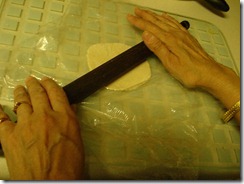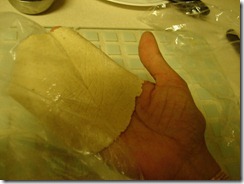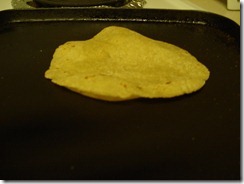Excellent as an after school snack or after a long day, this basically Indian recipe, is mild, very gently spiced and can be enjoyed by people of all tastes. Great in nutrition and taste, this healthy snack is so easy to make.
Try!
Ingredients
1 cup quinoa grain
1/3 cup roasted and lightly salted sunflower kernels (seeds from which the husk or outer covering has been removed)
1medium potato, boiled and cubed.
2 level tablespoons liquid ghee (clarified butter) plus one extra teaspoon, to add to quinoa while cooking.
1 teaspoon cumin seeds (jeera)
1/4 teaspoon finely cut green chili or to taste. (Use a mild variety or seranno peppers if you like it pungent)
1 teaspoon lime juice.
1 teaspoon sugar.
Salt to taste.
1/4 cup finely cut fresh cilantro leaves and 2 Tablespoons shredded fresh coconut for garnish. (optional)
Method
In a medium saucepan, heat two cups water. Add one teaspoon ghee and one teaspoon lime juice to water.
Add about 1/4 teaspoon of salt, or to taste.
Carefully add quinoa to hot water.
After some water has been absorbed, cover and cook quinoa on low heat.
Once the quinoa is soft cooked, remove from heat and fluff it with a fork so that it does not become lumpy.
In a wok or pan, heat the liquid ghee and add green chilly and cumin seeds.
Add cubed potato bits and saute to coat potato with ghee.
Add roasted sunflower kernels and quinoa.
Mix gently and thoroughly on low heat.
Add more salt if required and also 1 teaspoon of sugar. If you prefer more sugar, add a little more.
Cover wok/pan for 3 minutes or so, then turn off heat
Spoon into a serving bowl and garnish with fresh, finely cut cilantro leaves and shredded fresh coconut.
Really yummy and satisfying.





![DSC02887[1] DSC02887[1]](https://mangaladeshmukh.files.wordpress.com/2012/11/dsc028871_thumb.jpg?w=440&h=385)





